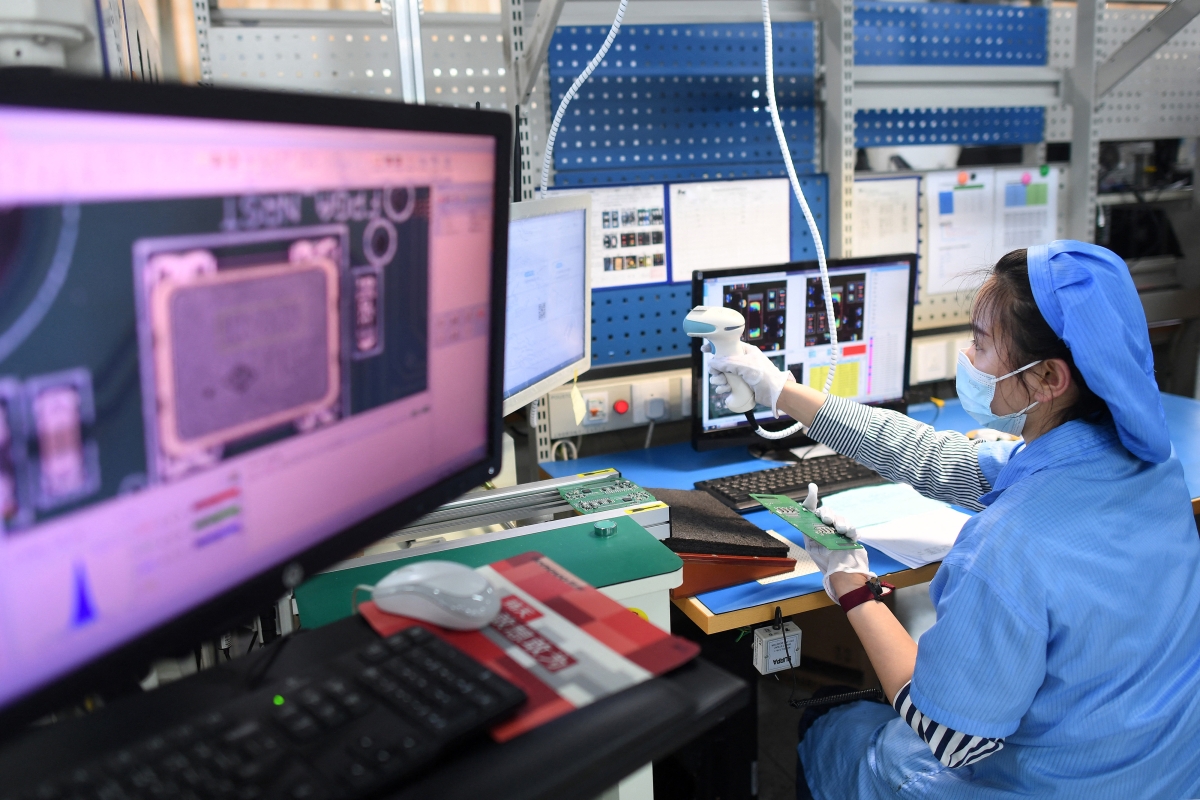China’s Big Fund 3.0: Xi’s Boldest Gamble Yet for Chip Supremacy

The following is an excerpt from Lizzi C. Lee's op-ed in the Diplomat. Lizzi is a Fellow on Chinese Economy at the Asia Society Policy Institute's (ASPI) Center for China Analysis (CCA).
China is stepping up its game in the global semiconductor race with the launch of the third phase of its National Integrated Circuit Industry Investment Fund, commonly known as the Big Fund. With a hefty investment of 340 billion yuan ($47.5 billion), this initiative is unfolding amid escalating technological tensions with the United States.
China’s ambitions in the semiconductor sector were first formalized in 2014 with the Big Fund’s initial phase. This phase saw an investment of 139 billion yuan, signaling a departure from mere state support to a more market-driven approach. By attracting funds from state-owned enterprises, financial institutions, and private investors, China aimed to build a robust semiconductor ecosystem. The first phase spread its investments across various sectors, nurturing significant players like Semiconductor Manufacturing International Corporation (SMIC).
The second phase, launched in 2019 with 204 billion yuan, focused on more specialized segments of the supply chain, such as etching machines and testing equipment. This phase was crucial in bolstering China’s self-sufficiency, especially in the face of increasing U.S. sanctions. However, it was not without its pitfalls. Corruption scandals and poor investment choices highlighted the need for stricter oversight, and geopolitical tensions further complicated progress.